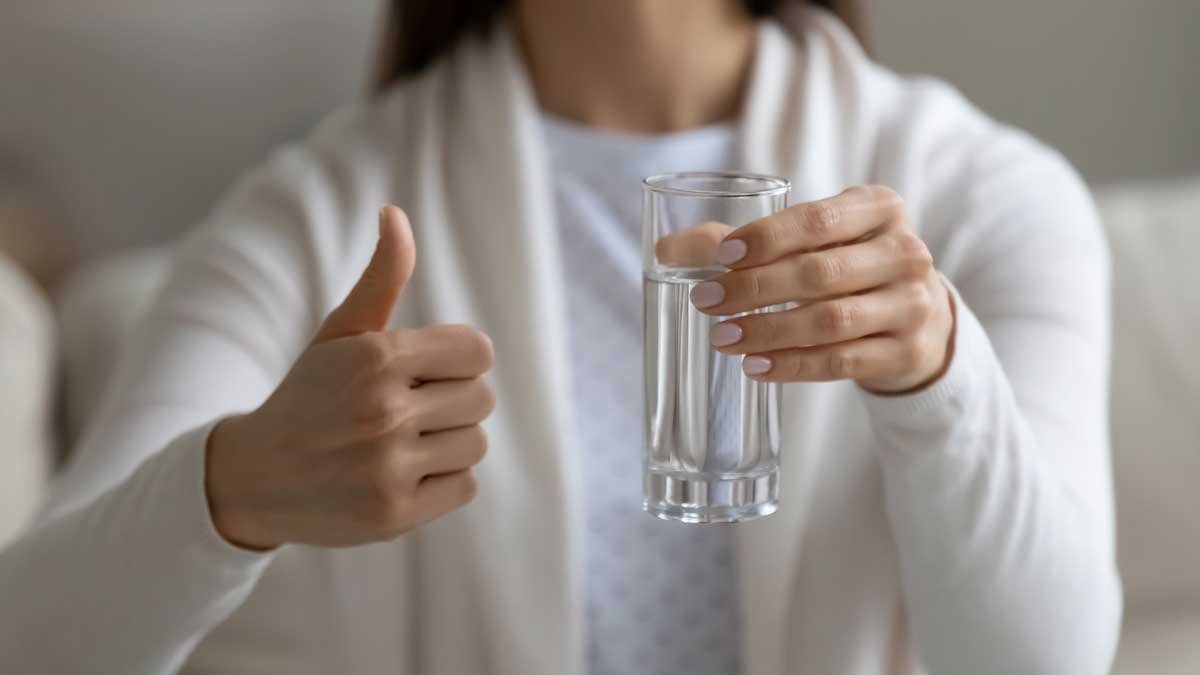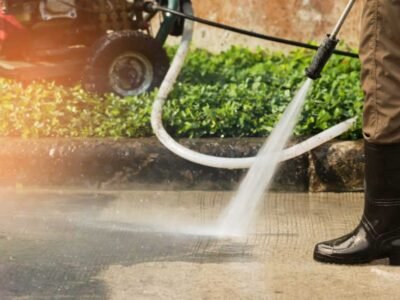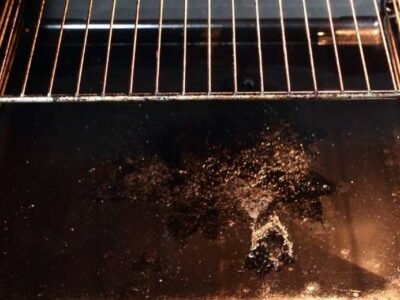Water quality is essential to the well-being and health of your family, and without a clean source, it might be detrimental for you. As water quality becomes a worldwide concern, it’s great to know what steps to take to ensure clean and healthy water in your house.
Maintaining Clean Water
Every household can have access to safe water. If you want to improve your water quality at home, here are some ways to do:

1. Test Water Regularly
One of the best ways to improve water quality is to test it regularly, and you can do it by purchasing a water quality test kit online. The good thing about the test is it shows you the levels of hardness, pH, chlorine, nitrites, pesticides, lead, and bacteria present.
If you doubt the results of test kits, you can request a water quality test from certified laboratories to determine the exact issue and problem. It’s also a good idea to contact a professional who can give suggestions and insights to rectify problems. For instance, analysts may suggest replacing your water tanks. If you need a new one, make sure to read more and research your options.
2. Maintain Septic Tanks Properly
You have to take note septic tanks can overflow once you forget to maintain them appropriately. When it happens, waste leaking in the ground could contaminate your water supply. To prevent this, ensure to take care of it.
3. Empty Water Heater
If you own a traditional water heater, the sediments build up in the tank in the long run. By emptying your heater, you’ll be able to improve your water quality and maximize your water heater’s lifespan.
Other manufacturers recommend a complete draining once a year while some suggest removing at least a gallon every month. To know what’s recommended for your unit, contact its manufacturer or read the appliance’s manual for further instructions.
4. Flush Pipes
It’s essential to flush pipes if your home is empty for a long time. If the water stays in it for a long time, it could get stagnant and might collect debris.
If you’re going to use water in a house that’s unoccupied for a week or so, make sure to let the water run for a few minutes. Things like running a shower, doing the laundry, flushing the toilet, or using the dishwasher can be your options to get your water moving again.
5. Filter Water
Another way to improve your water quality is by filtering. A whole house water filter is a good option if you like to purify water coming through your house. You should opt for best reverse osmosis system for water purification.You’ll also save more on plumbing repair services and prevent hard water damage to your systems and pipes using your preferred filtration system.
Replace with-If you’re confused with the available options, give a thorough read to APEC whole house water filter review. Also, you need to know the differences below:
-
Reverse Osmosis System
Such purifiers use reverse osmosis technology to purify water. With this system, the water passes through semi-permeable membranes layer by layer to filter bacteria and viruses, pollutants, and sedimentary particles to produce clean and safe water. Healthy components including natural minerals and water stay dissolved for the unadulterated and drinkable water.
Unlike other water filtration systems, a reverse osmosis system is installed by experts while the membranes must be replaced from time to time as the impurities accumulate such filters and decrease the system’s efficiency.
-
Point Of Entry Systems
If you often get water with an unusual odor, color, and taste, a point of entry system is best for you. Most of these are aimed for kitchen use and work best when installed by professionals.
-
Whole House Filtration Systems
Typically, a whole house filtration system consists of pre-filters and associated main filters installed on the primary water supply to purify water for all kinds of purposes such as cleaning, bathing, washing clothes and utensils, and more.
6. Replace Old Faucets
Your bathroom and kitchen faucets age, and when these get older, they’ll rust and develop some mineral deposits. In the long run, it can damage your water quality and could cause a reduction in water flow. It’s also recommended to replace plumbing fixtures every 15 years.
Replacing your old faucets with new efficient ones isn’t a complicated task. Most homeowners can do it on their own but if you can’t, ask for help from plumbing experts to do the job for you.
7. Boil Water
When contamination is detected, your local water provider may issue a boil order. Boiling the water can help remove any harmful elements, which make them safe to drink. If you think your water is contaminated, don’t forget to boil it before using it.
Conclusion
Your home’s water quality is necessary to your family’s health. Depending on your preferences, you can do any of the tips above to improve your water quality. If you’ve done everything but you still get no results, it’s wise to work with professionals to ensure you’ll have nothing but potable water.
















Comments